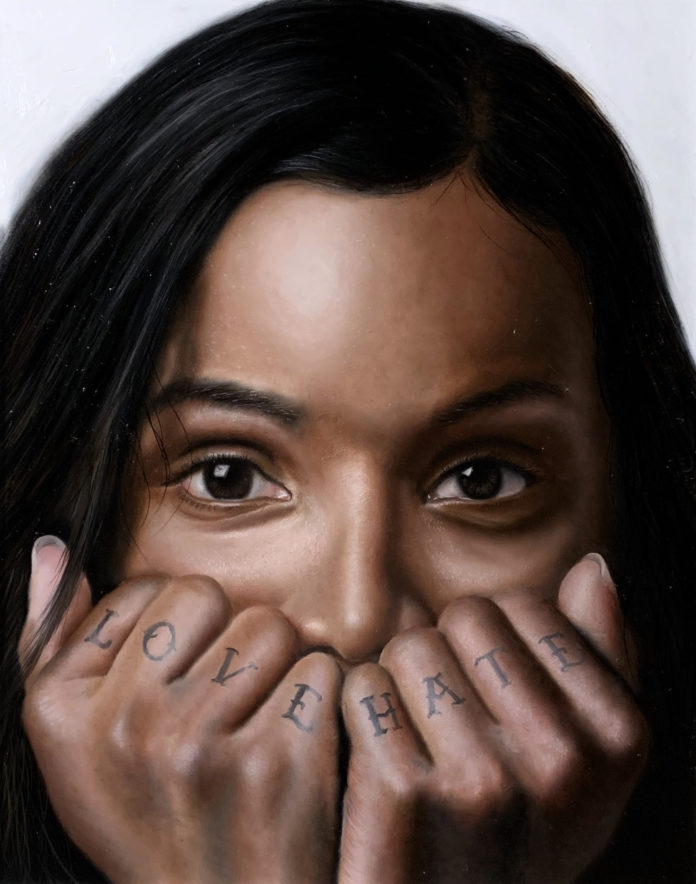Contemporary realist painter O’Neil Scott was born in Jamaica and currently works in Pennsylvania. He took the time to share with us his path to oil painting, his challenges and techniques, and how he uses art to “leave the world a little better place.”
Cherie Dawn Haas: Please tell us a little about yourself.
O’Neil Scott: I have been drawing all my life but just really started painting around four years ago. I got into oils and got obsessed. Being at the early stages of my career, I can look back at paintings from a few months ago and see growth. Most of my paintings are oil on canvas or wood panel, although I have done a few on aluminum.
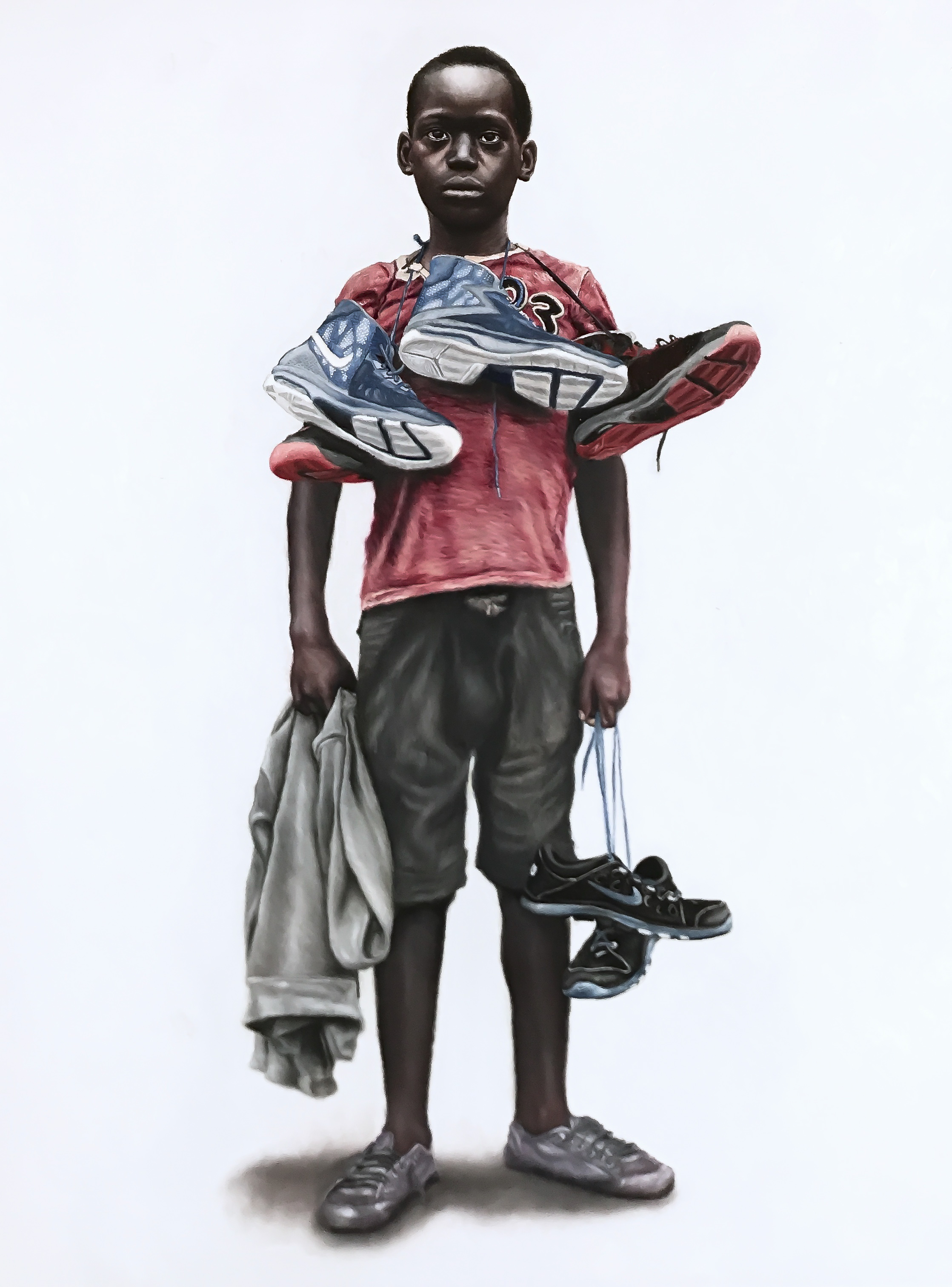
CDH: I noticed that you’ve shared your favorite oil painting on Instagram. Can you tell us more about it?
OS: Yes, this is a painting of a little boy from Rwanda. Around the boy’s neck are two new pairs of sneakers. This painting was made for a nonprofit organization called Shooting Touch, which provides healthcare for impoverished and under-resourced communities in the US and in Rwanda. They do this largely by engaging with the community through basketball.
The painting was part of a silent auction where 100 percent of the proceeds went to healthcare in Rwanda. To put that in perspective, that painting was able to provide healthcare for approximately 250 kids. I marvel at what art can do and, to me, art has always been at the forefront of progression and positive change. This is my favorite painting because it was painted for an amazing cause and also because of the texture and raw emotion it conveys. When I look at this painting, I feel an unbelievable connection to the work.
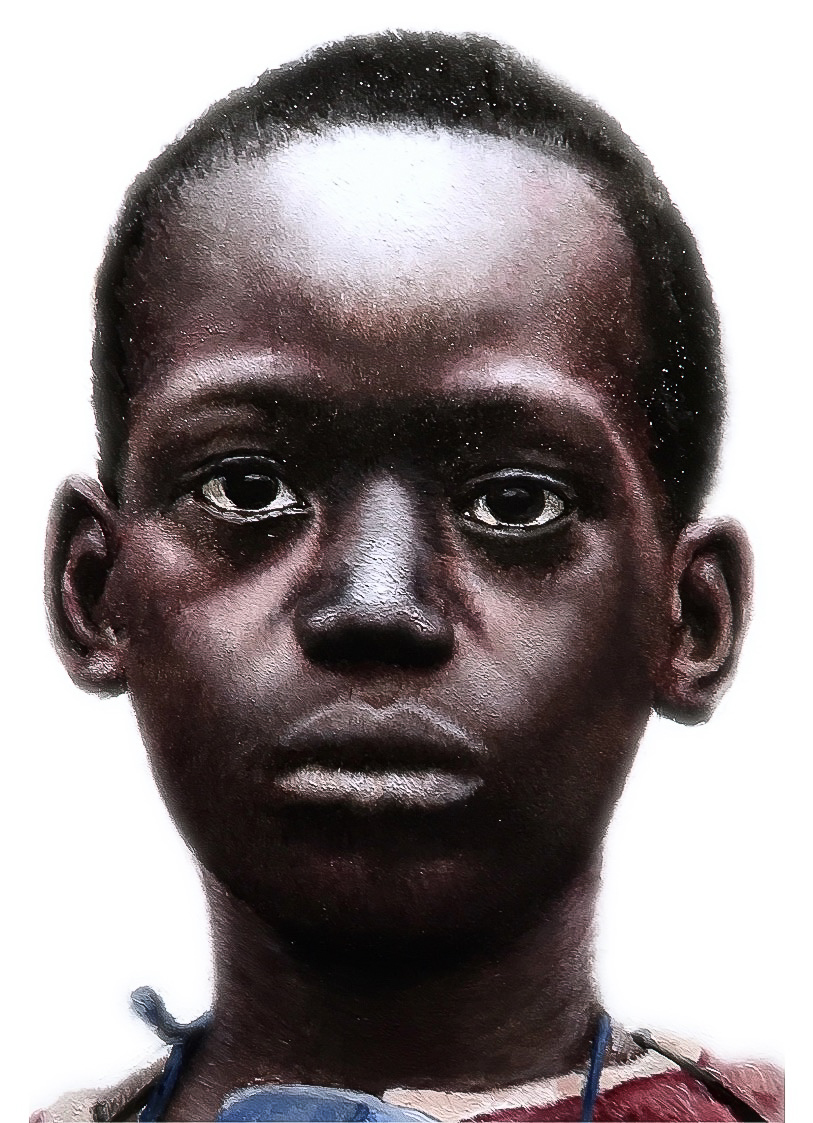
CDH: What’s one of the biggest challenges you’ve faced as an artist? How did you overcome it?
OS: I think my biggest challenge is being predominantly self-taught and trying to feel accepted in this world of atelier and classically trained artists. It’s very easy to get a sense of imposter syndrome. I am still not fully past it, but I think an unwavering passion for the craft and continued progress in my work has steadily pushed me. When I’m not painting, I have a sense of emptiness and I feel like something is missing. Honestly, I have no choice. I have to paint.
CDH: What’s the most common oil painting technique you employ?
OS: I started painting in layers similar to some of the old masters, thinking eventually I would get to the values and colors I want, but lately I have moved slightly away from that and now I paint more direct. I try to get the overpainting as close to finished as possible on the first pass and then go back and apply a little glazing, scumbling and making corrections. I don’t think you lose anything painting this way if you use high-quality paints and you are painting on a well-primed surface.
Related article > Figurative Art Spotlight: Danny Grant
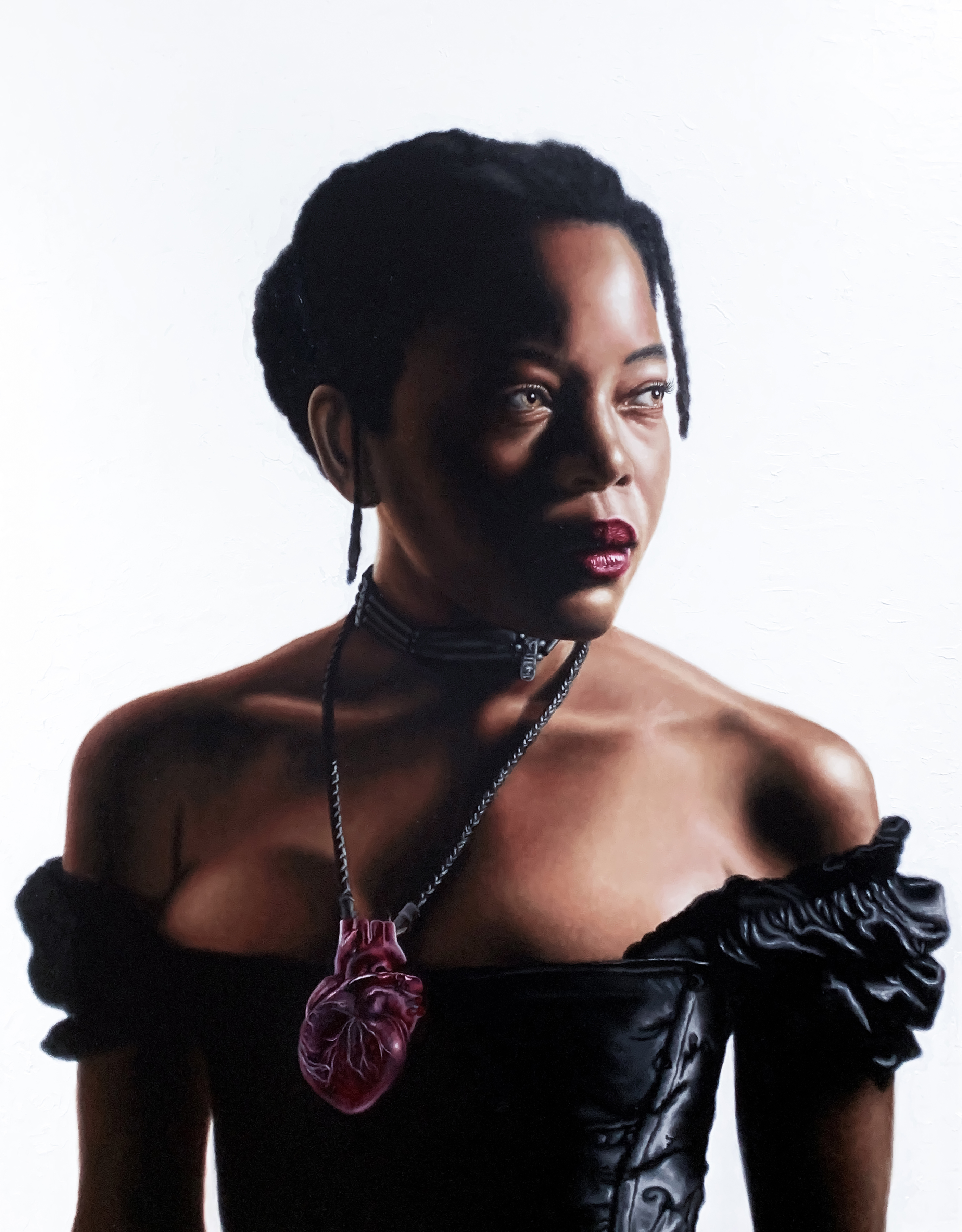
CDH: What advice do you have for beginning artists?
OS: I still feel like a beginning artist myself, but the best advice I think is to draw or paint every day. Always work on your craft, become obsessed. You may not see it right away, but when you look back over time, you will quickly see the progress. Also, train your eye, look at as much art as you can, examine the edges, and really study the painters you like.
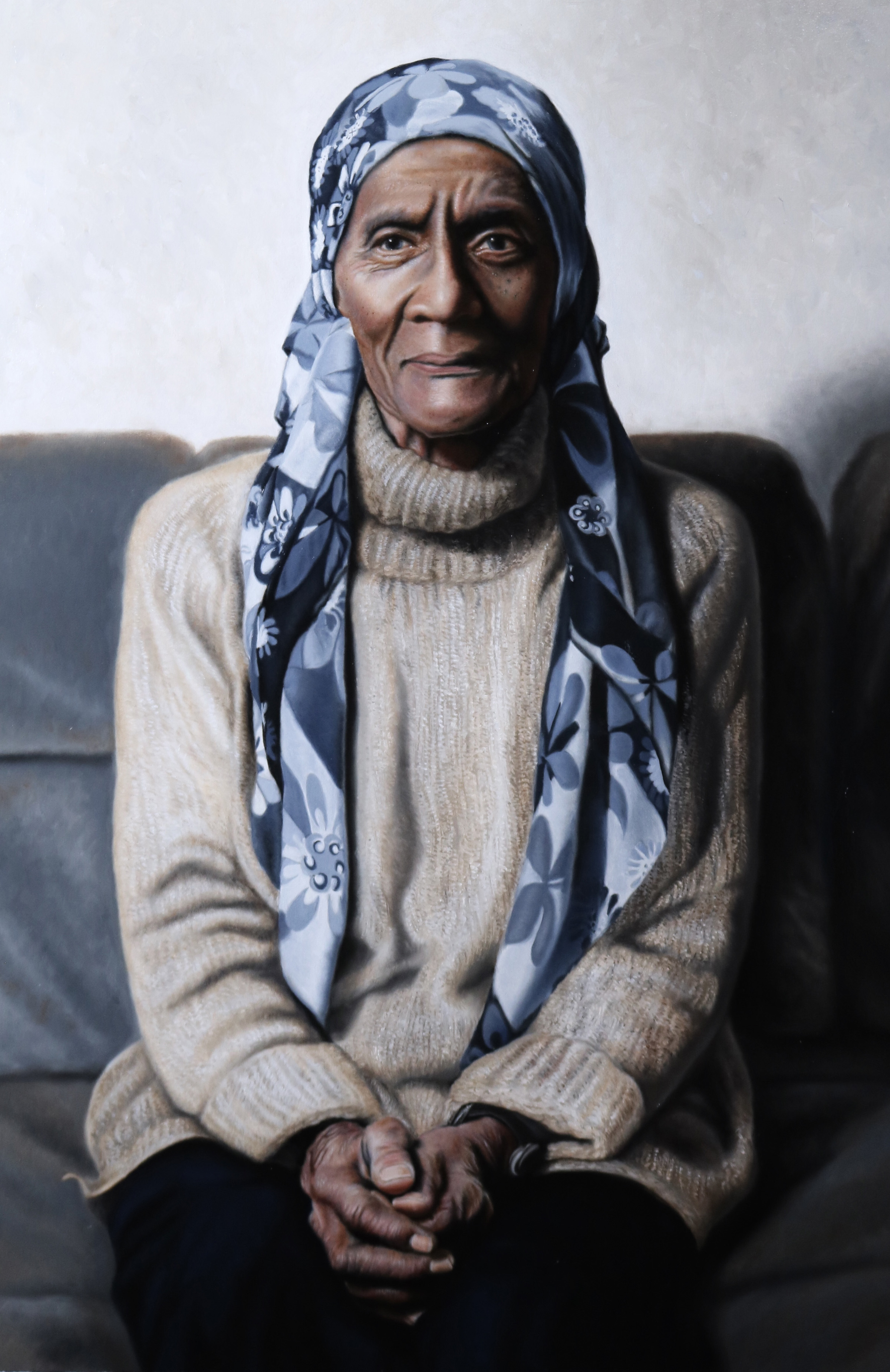
CDH: What inspires you to paint?
OS: I have always felt like that was an interesting question because for me it does not take much. I want to paint any and everything and I can paint all day, needing little to no inspiration at all. But I think seeing the connection and the appreciation for the work by the viewer is extremely rewarding.
For me, in order to maximize the viewer’s reaction, the work needs to marry a level of technical skills with subject matter. This drives me to think about what my paintings are saying. It’s amazing how deep a connection someone can have with a painting, and my goal is to use that connection and drive emotion.
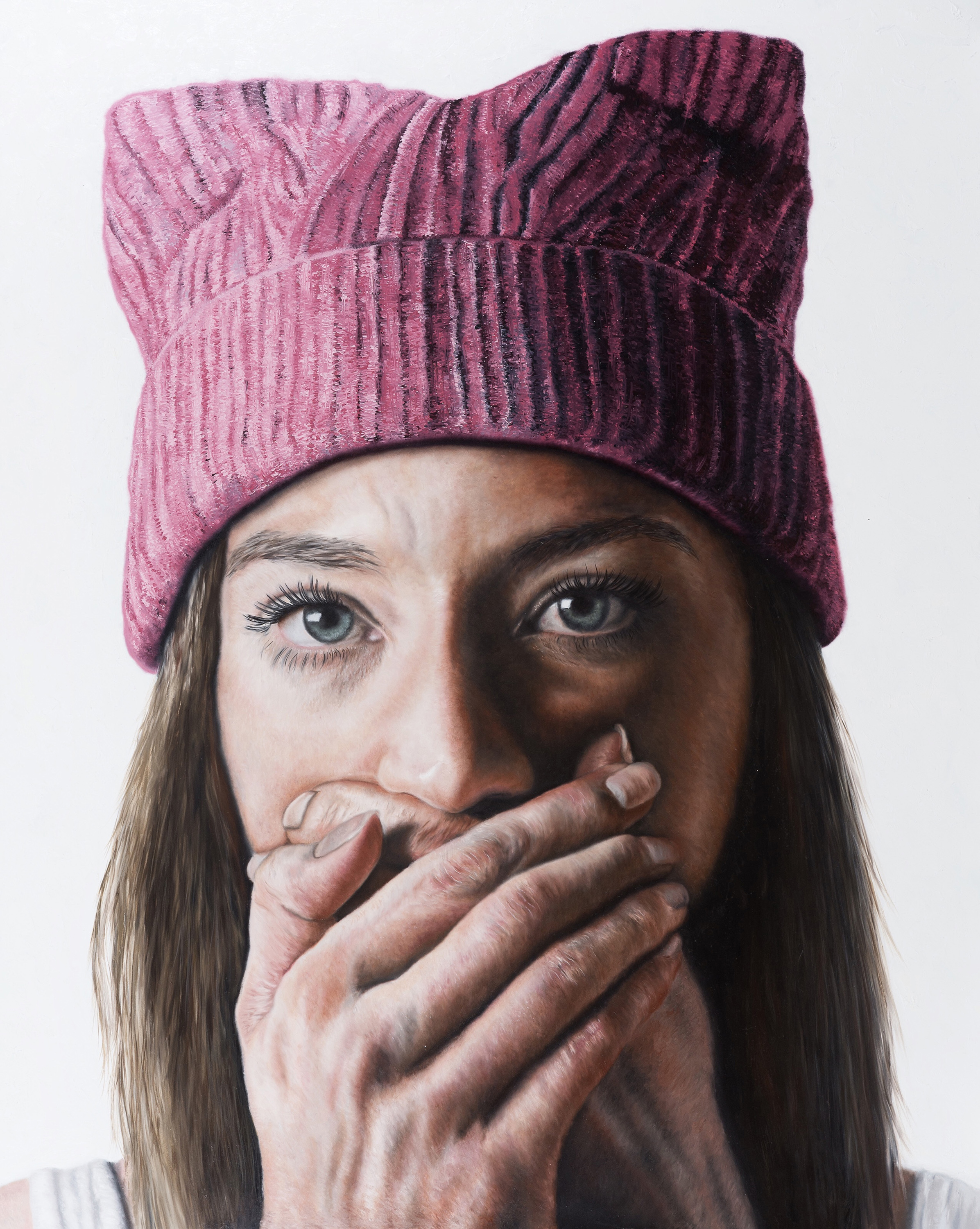
CDH: Anything else you’d like to add?
OS: In the end, I think, as artists, our goal is to paint because we love it, and if it resonates with others and leaves the world a little better place, that is an added bonus.
Learn More About O’Neil Scott:
Website | Instagram
- Visit PaintTube.tv to learn oil painting techniques for portraits and figures in the style of contemporary realism, and much more.
- Join us for the next annual Realism Live virtual art conference and study with the world’s best realism artists.
- Become a Realism Today Ambassador for the chance to see your work featured in our newsletter, on our social media, and on this site.


